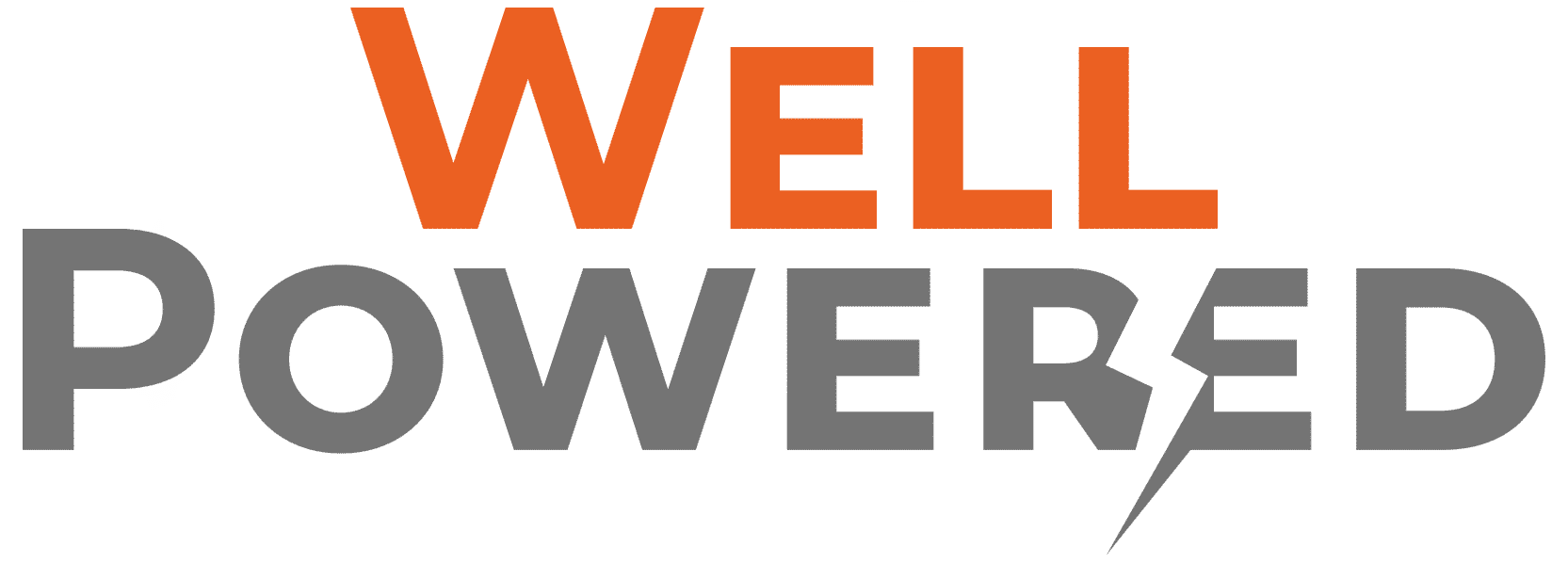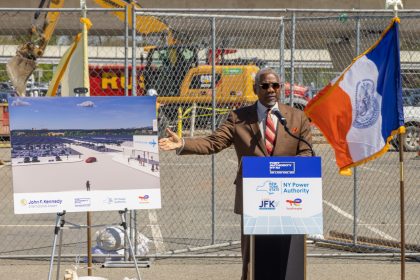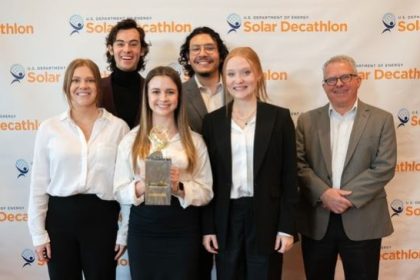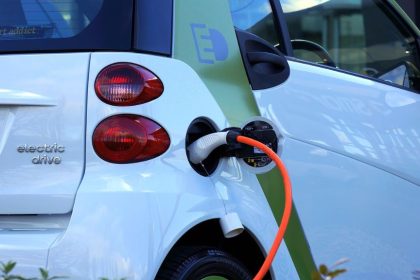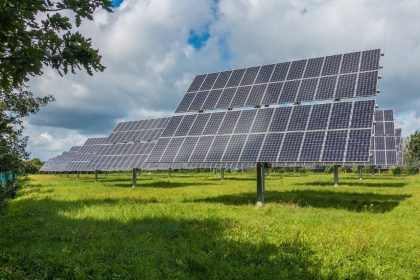White House Seeks to Ensure Equitable Benefits From Solar Power
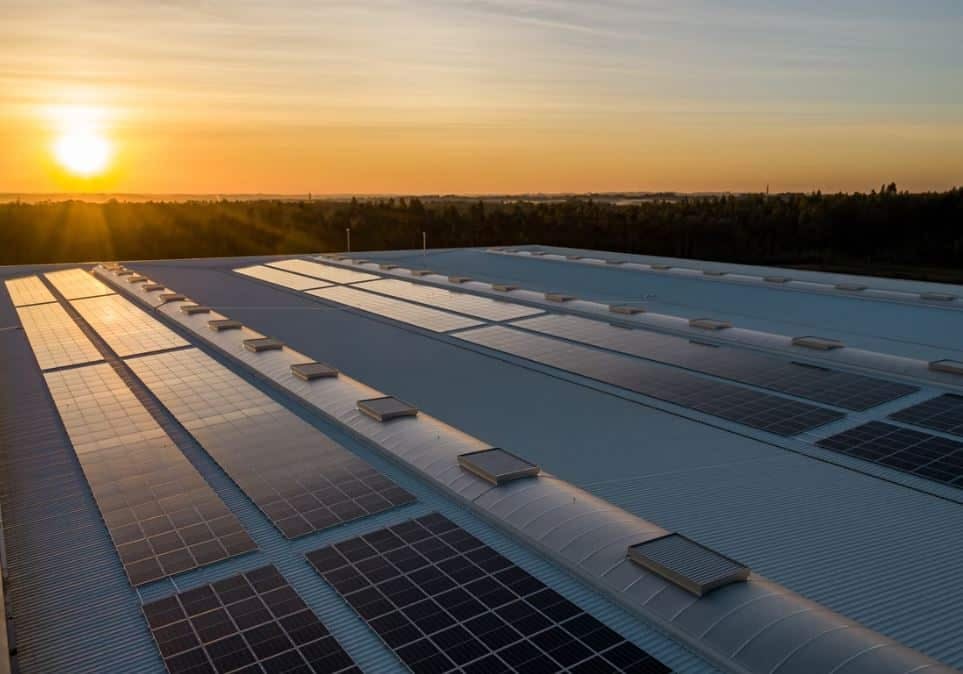
WASHINGTON — The White House on Wednesday rolled out a series of initiatives it says will not only reduce the price of electricity, but will make solar energy and energy efficient homes more affordable to Americans living on low or restricted incomes.
Senior White House officials who briefed reporters on the new measures Wednesday morning said they are intended to continue the president’s efforts to address the impacts of climate change, while also helping more Americans “tap into the opportunities” that climate “solutions” like clean energy represent.
“This is something this administration has been focused on since day one … but the president has been clear — he wants to win the whole finish line,” one of the officials said.
“That means not only having a laser focus on eliminating greenhouse gas emissions and a laser focus on gigawatts deployed, but also focusing on environmental justice and making sure communities [subject to historical discrimination] can also access these technologies,” he said.
“Our goal is to help families reduce utility costs, while at the same time helping them participate in the clean energy economy,” another official on the call said.
For the first time, for instance, families in rental housing partially subsidized by the Department of Housing and Urban Development will be able to connect to local community solar power, where available.
HUD is also launching a program to help small rural housing authorities make energy efficiency upgrades intended to help those authorities save money.
The authorities will then use those savings to invest in improvements at HUD-supported rental housing.
Households participating in the Low-Income Home Energy Assistance Program will also connect with local solar power in five pilot states — Colorado, Illinois, New Jersey, New Mexico, and New York — and the District of Columbia.
“One of the challenges each of these initiatives shared, was that in each case we had to make sure that not only were folks getting access to solar energy, but that their participation in the program wasn’t going to be detrimental to them in any way, be it by increasing their rent or making them ineligible for any of our other programs,” a senior administration official said.
To strike that balance required tweaking some rules so that any credits participants received through their participation in the programs would not be considered income.
“This resulted in the creation of a full cost savings mechanism for families in our subsidized housing, and what we’re doing now is expanding the program across the country,” the official said.
The administration believes 4.5 million families will now be able to take advantage of solar power on a scale that was foreclosed to them in the past, while saving as much as 10% a year on their electric bills.
“This is a huge opportunity for families who live in our public housing sites, families who participate in our Section 8 voucher program, and families who participate in privately held assisted housing sites,” the official said. “We are thrilled to be able to make this happen.”
“We want to make sure that no one is left behind as we are forging into the future,” the official added.
A Department of Energy official on the call described solar power as a “huge component” in the administration’s efforts to “equitably transition” to a clean grid by 2035 and a clean energy-driven economy by 2050.
“Solar energy is already cost competitive in many ways, but we’ve been working hard at the Department of Energy to ensure that all Americans, especially those that are facing disproportionately higher energy burdens, can experience the economic and environmental and health benefits of solar power.” the official said.
To implement the community solar program, the Energy Department and the Department of Health and Human Services are collaborating on the development of a subscription platform to help provide solar energy to homes that don’t support traditional residential rooftop solar.
“The program aims to power 5 million homes and to provide 20% savings on subscriber’s energy bills,” the official said. “The new digital platform will enable community solar subscriptions for households that participate in the Low Income Home Energy Assistance Program and other government-run, low income support programs as well.”
In addition, the White House announced the creation of the “Sunny Awards for Equitable Community Solar,” a competition that will award up to $100,000 in prizes for 55 projects and programs working to increase community access to solar power.
“This new prize program, in essence, is going to recognize best practices in equitable community solar,” a senior White House official said. “We think that by elevating projects and programs that can serve as blueprints for community solar developers for state energy offices for utilities and other stakeholders, the awards will encourage the spread of community solar and increase [renewable energy] access to low and moderate income households.”
Finally, the Department of Energy said today it will make $10 million available to support the creation of new jobs for underrepresented groups in the solar energy industry.
“This is going to facilitate the rapid deployment of solar energy while helping to support an inclusive workforce with opportunities for union membership,” the senior White House official said.
“Energy sector jobs grew about 4% in 2021 over 2020, outpacing overall U.S. employment, which was about 2.8%, but we know that we can’t get to this carbon free grid by 2035 without a well trained and well supported workforce,” the official said. “At the same time, increasing the diversity and equity in that workforce is a priority for this administration.
“We want to make sure that this clean energy transition creates an ecosystem of prosperity that … supports healthy families and communities and does so in a way that is incredibly inclusive,” the official said.
The funding is coming from the Bipartisan Infrastructure Law’s Advancing Equity Through Workforce Partnerships program.
HUD also announced that it intends to meet with a wide variety of stakeholders over the next 90 days to highlight federal funding sources to increase the energy efficient, affordable housing supply.
Dan can be reached at [email protected] and at https://twitter.com/DanMcCue.





